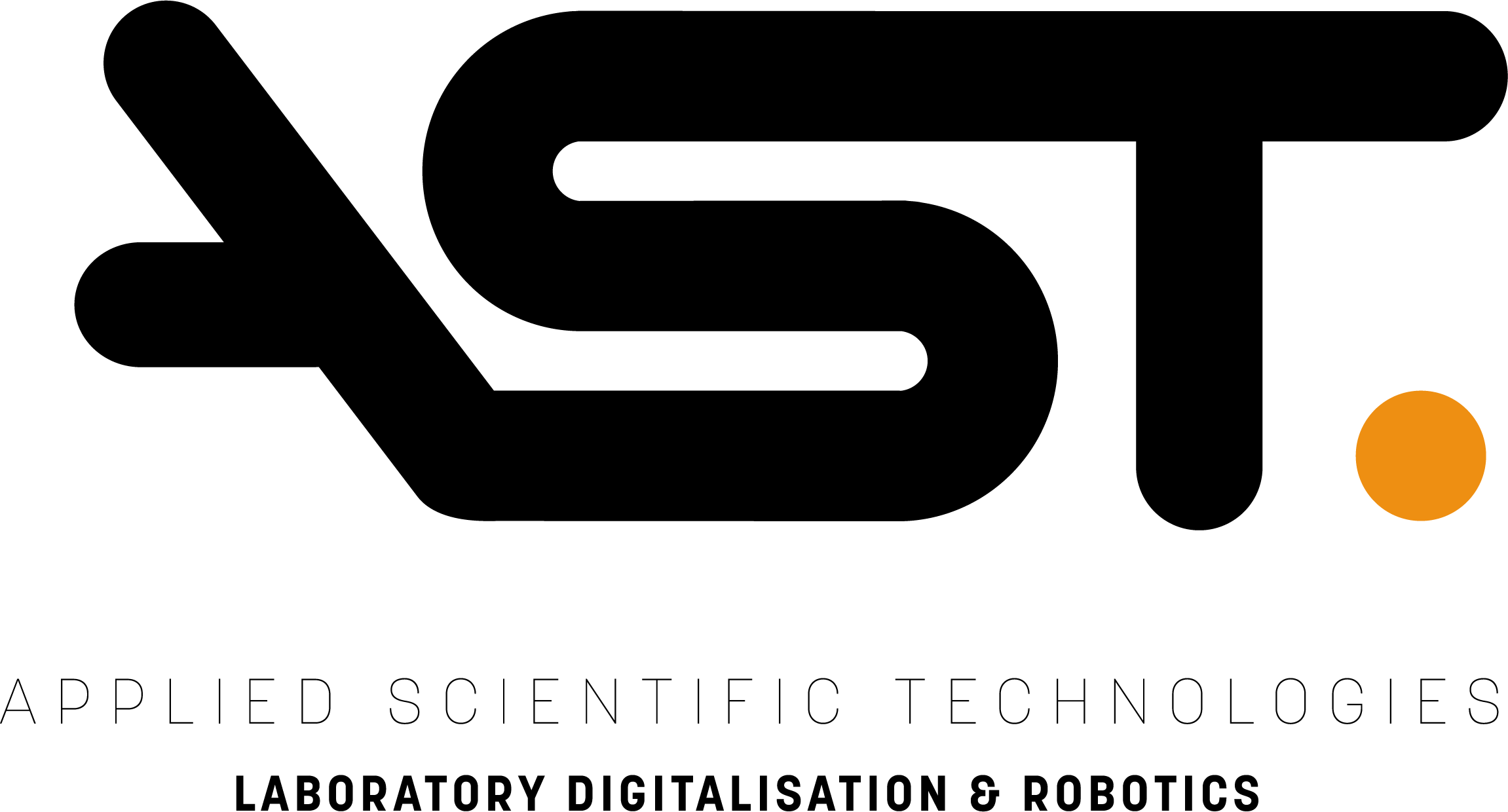Middlesbrough-based Applied Scientific Technologies (AST) has deployed its first prototype Siemens-enabled autonomous and collaborative robotic platform, Hyve, into the cosmetics industry.
According to AST, a sister company to Applied Integration UK established to develop completely new applications for the robot platform, Hyve is currently being used for product stability by one of the world’s leading beauty, cosmetics and personal care companies.
“The speed of design, development and deployment into the cosmetics market could not have been possible without the industry standard connectivity and automation tools provided by Siemens,” said Garry Lofthouse, director of Applied Integration UK. “Siemens tools and interfaces lie at the heart of our platform and give the foundation upon which we can build customer processes and applications seamlessly and quickly into the Hyve platform.”
Since the launch of Hyve, AST has been “inundated with potential applications and customers looking to exploit the collaborative nature of the system” as part of their Industry 4.0 strategies and AST expects to deploy multiple Hyve robot platforms in 2020.
According to Lofthouse, the compact footprint of Hyve allows extensive factory or laboratory processes to be integrated and automated. A cobot mounted in the centre console allows the entire bench area plus the additional 3D-space above the bench area to be accessed. Furthermore, racking systems and a precise six-axis robot allows inaccessible spaces to be accessed.
Additional free space under the platform itself and within each Hyve segment allow much of the Siemens infrastructure and additional equipment/instruments to be installed under the top-surface, maximising the available work area. This makes Hyve is its own four-storey super-structure for processes and ancillary equipment installation, said Lofthouse.
Hyve is configured using Siemens Simatic S7-1200, S7-1500 and the WinCC Open Architecture technologies. These are embedded in the fundamental mechanism and performance of the platform, which was created using open architecture. Thanks to the Siemens interfaces, which allow communication with third party equipment, Hyve is scalable and can be accessed remotely for over-the-air updates, system diagnostics and/or performance indicators.
What’s more, Hyve can operate as a standalone system, in a Beehive-like architecture to form a production line, or as part of a complete laboratory suite. It is designed to work alongside humans as a cobot and can play a larger role to support human activity at a plant in areas such as packaging and palletising and support traditional laboratory automation processes usually confined to more dedicated equipment.
According to AST, the autonomous, collaborative robotic platform is designed to work inside conventional laboratories without the need for programming tools and large safety-cage constructions, enabling the operator to safely interact with the cobot.
“By introducing Hyve to the laboratory testing arena it has helped in stability studies and extracting analytics that were otherwise impossible or took 10 times longer,” added Lofthouse. “Previously data was available to the operations team after two to three years, but results are now seen in two to three months.”
Furthermore, the deployment of the Hyve has reportedly helped ensure that products are not produced with any chemical imbalances. The use of Simatic S7-1200 and S7-1500 allows standardised and secure connectivity across all levels. The software solution is vendor- and platform-independent OPC Unified Architecture, the communication standard for Industry 4.0 and the standard mechanism for vertical communication and the horizontal data exchange between machines to machines.
Lofthouse said that AST is currently working in the factory on further deployments and new applications. “While early adopters and deployments for Hyve have focused on cosmetic products and packaging, we have produced Hyve with a view for use in the more regulated industries such as pharmaceuticals, making it ideal for deployment in pharmaceutical laboratories or manufacturing.”

